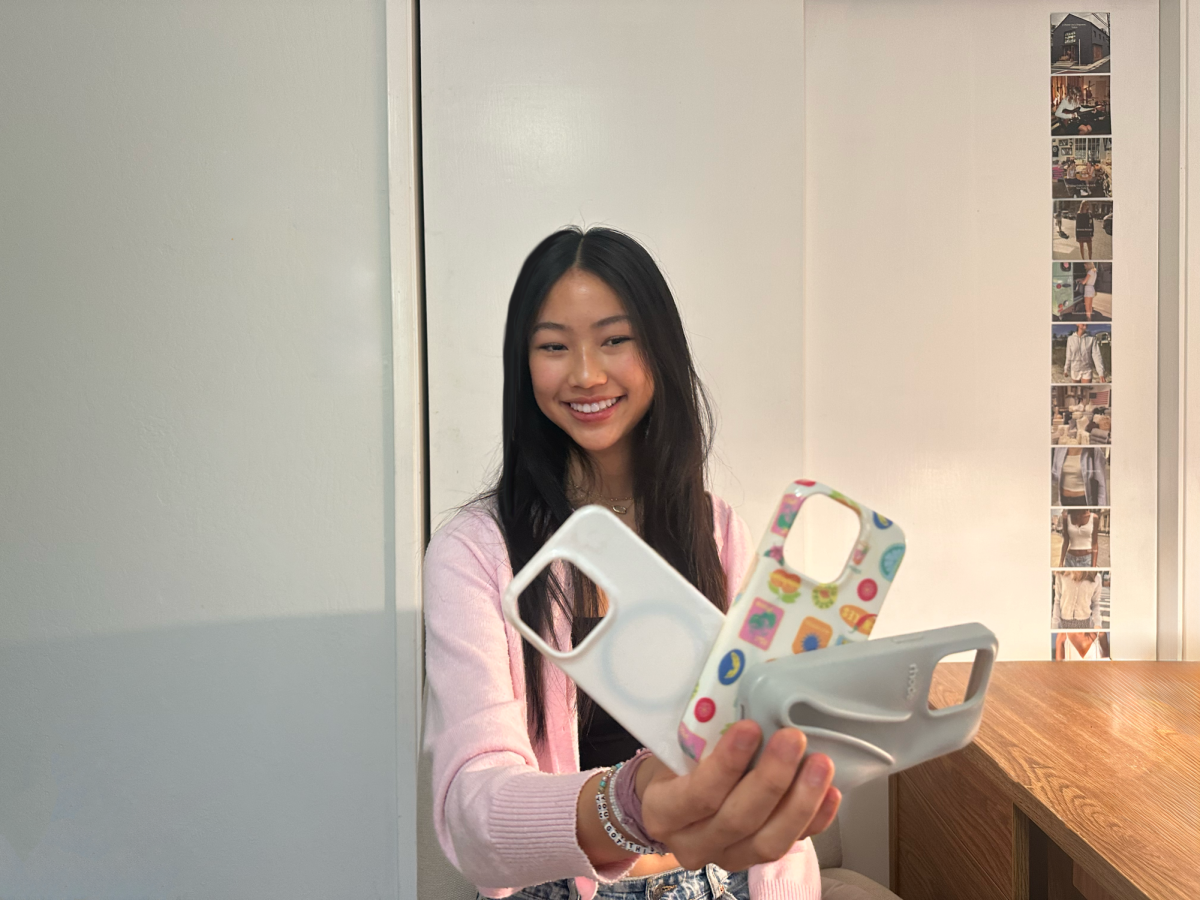In my childhood bedroom, I kept a designated drawer for stashing sugar, mostly in the forms of milk candies, lollipops, fruit flavored-mints and chocolates. Although the drawer was small, my unhealthy rate of candy consumption at the time prevented it from ever filling up to the brim. This habit continued until I experienced the trauma of opening the drawer to find it flooded with ants — a lesson well-learned, to say the least.
Evidently, I had a sweet tooth. Thanks to my mom’s persistent yet ineffective efforts to restrain my sugar intake, the candy at my house always sat atop unreachable shelves and behind the dusty boxes of whole wheat crackers. However, no matter how carefully she concealed them, I had a knack for fishing out the hiding spots.
For most sweets, I had absolutely zero self-control — but marshmallows were the exception. While I remained unthwarted by her attempts at hiding the sweets, my mom devised one single clever lie that managed to fool me and keep me from eating marshmallows for 8 whole years: In the entirety of my childhood, I wholeheartedly believed that consuming marshmallows had a direct relationship with reducing brain cells.
Her lie was far too convincing, given the build of a marshmallow: a pure white, plump figure of sugar dusted with more sugar. As marshmallows lack the intricate designs that other sweets have, such as the little heart on jam cookies or the delicate swirls of butter cookies, their plainness made them entirely suspicious. If there’s any candy that screams “stupid” more than the others, it has to be marshmallows.
My unwavering belief in this myth was further solidified when I came across the famous “marshmallow experiment” study by Walter Mischel from the 1970s, which tested children’s self-control. The trials consisted of placing marshmallows in front of young children and telling them not to eat it until the adult returned to the room — and in most cases, the children gave into the compelling fluff of sugar. Therefore, 10-year-old me concluded there must be some marshmallow sorcery, invading and possessing the minds of children. Funnily enough, the video was just being projected in a library corner, so I happened to stumble upon the video without my mother’s interference … my incompatibility with marshmallows must’ve been fated.
Another questionable aspect of marshmallows is their packaging. After moving to the U.S. in late elementary school, I discovered the “pillow sack” American way of marshmallow packaging during my first visit to Safeway. In China, marshmallows were sold in packs of a few serving sizes for snacking, but rarely ever in bulk for baking purposes. Seeing those sacks containing hundreds of perfect white marshmallows lining the candy aisle and smelling their sweet vanilla scent was truly bewildering. Had it not been for my mom’s bluff, I would’ve been high on sugar for the next two weeks.
Though I eventually questioned the legitimacy of the “fact” my mom told me, I still find myself naturally refraining from marshmallows today. I can conclude with certainty that they no longer have the tempting allure they did on my younger self.
Looking back, I’m grateful for my delusion, as it likely saved me from many, many cavities — especially given my easy access to marshmallows sold in bulk. As delicious as s’mores and Rice Krispies may be, I prefer other sweets like cheesecake. And sure, my sweet tooth may be fading with time, but perhaps it’s really just my mom’s lie lingering unceasingly over my brain.



























